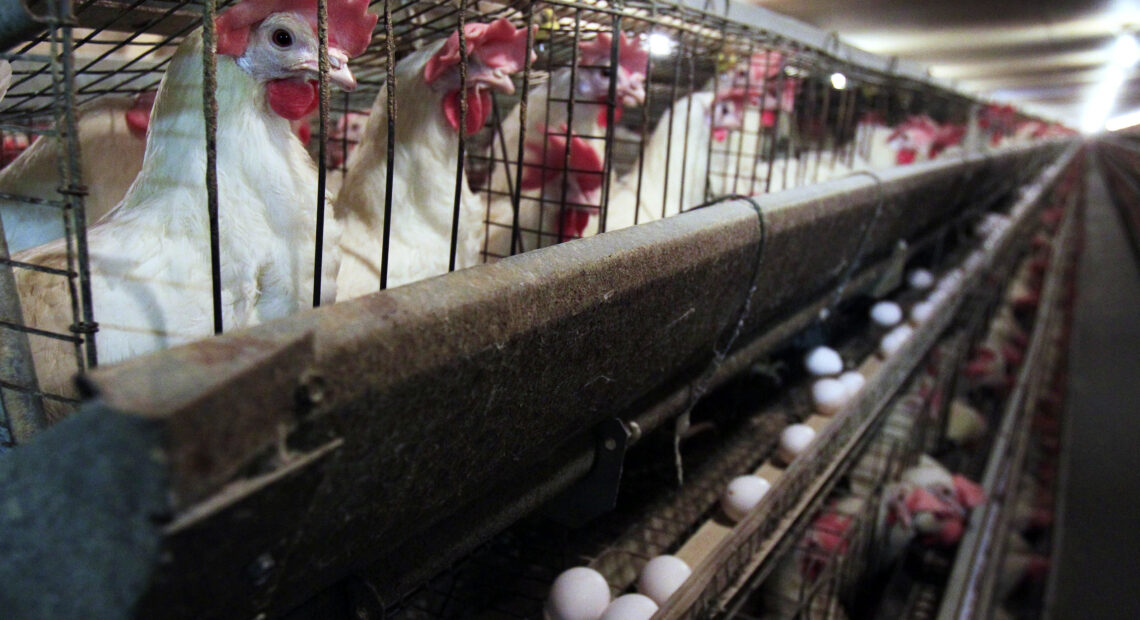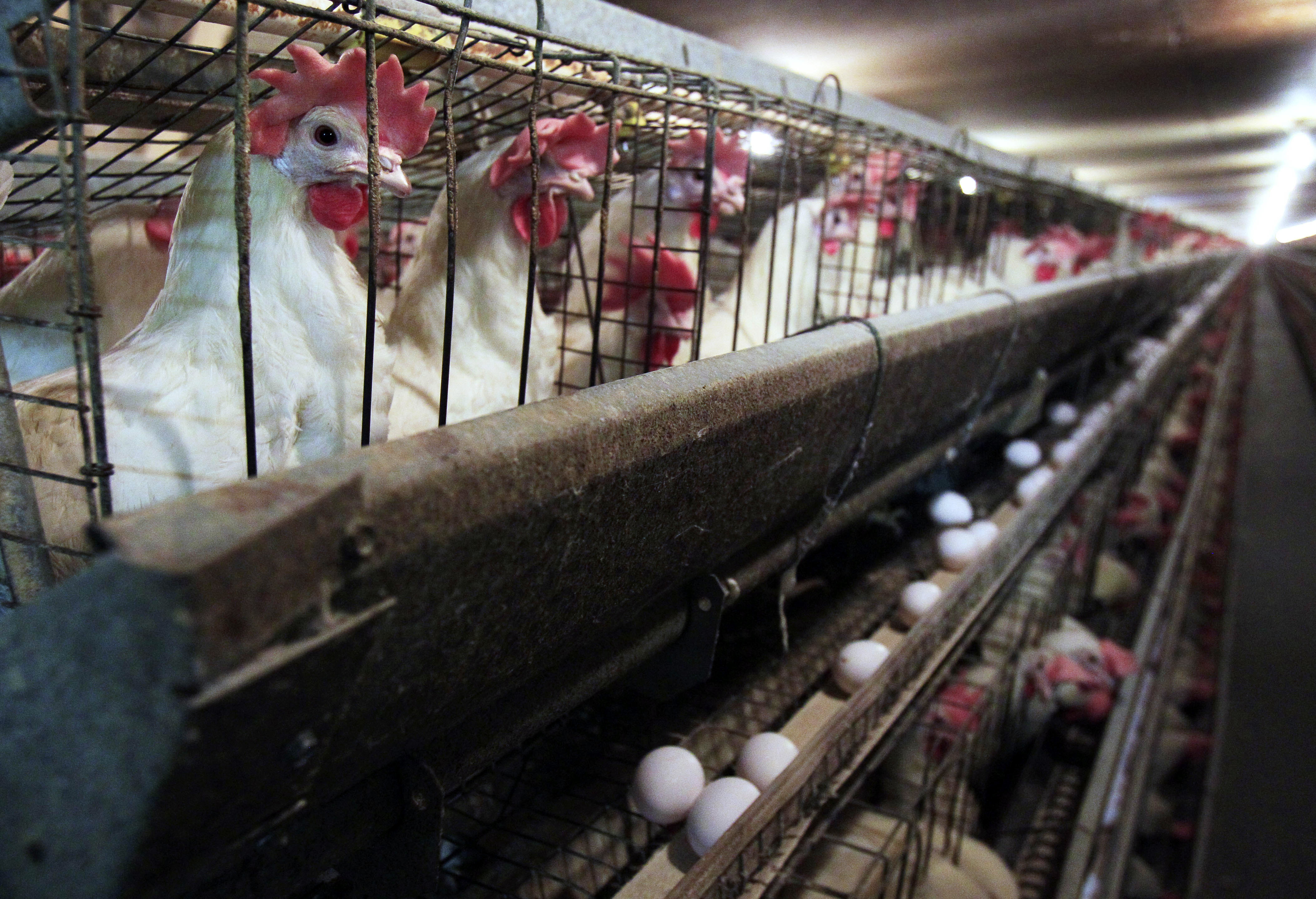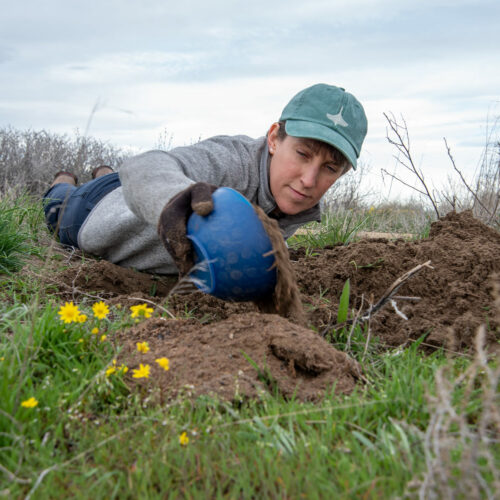
Why do they have to all be killed? Bird flu found at farm north of Tri-Cities, WA
Listen
(Runtime :53)
Read
About 300,000 chickens have been euthanized at a farm in Franklin County in southeast Washington state, according to the Washington State Department of Agriculture.
They had the highly pathogenic bird flu called H5N1. Washington State Veterinarian Amber Itle said the viral load in the Northwest right now is very high and hard to fight, even with strict protocols for biosecurity.
“Usually within 24 to 48 hours, we have anywhere from 50 to 80% mortality,” Itle said. “And another thing that has been pretty typical with this response is usually within a few days every other barn on the premises breaks.”
So far in Washington state since the outbreak of H5N1 in 2022, about 2.1 million commercial and backyard chickens have been euthanized because of bird flu. The last commercial flock that was euthanized before this recent outbreak was in October of 2024, also in Franklin County, Itle said. The last backyard detection and depopulation was in Whatcom County in November 2024.
Grim plan
Now, the farm with the recent outbreak has composted all the animals on-site. The state sent experts to watch over the operation. Temperatures in the compost piles have to get high enough to kill the virus. There is a special state Department of Agricultures contractor that makes sure all of this works correctly – by recording temperatures and taking core samples of the piles.
After the compost is done, it can be spread on fields without worry, Itle said.
At the same time, the egg operation workers wearing special protective gear remove all the bedding from the chicken houses, sanitize everything, complete environmental testing and then raise a whole new flock of egg layers – which can take up to six months.
Biosecurity
Eggs are a top 10 commodity in Washington state, said Itle. But many animals that live in and around farms can also carry the disease.
“They’ve tested ravens, coyotes, deer mice, starlings, house mice, house sparrows and rock pigeons that have all tested positive,” she said. “Even though they are weakly positive [or carrying the virus], they can carry this virus around and not get sick and not die. And we also know we have a lot of waterfowl that are overwintering here.”
The point she’s making is that the viral load is tremendous in the area and in the state and country. Bird flu is being detected across the country, and even getting into cattle and sickening a few people. So, it can be very difficult for farm owners — even with good protocols – to keep the virus out of their barns.
“It’s so frustrating, ‘cause we have such an innovative industry, such a persistent and resilient industry. And when they do all these things, and all of these measures, and they are so committed to all the work they do, it really is a letdown and disappointment when we feel like it’s not working. But all we can do is to keep trying,” Itle said.
















